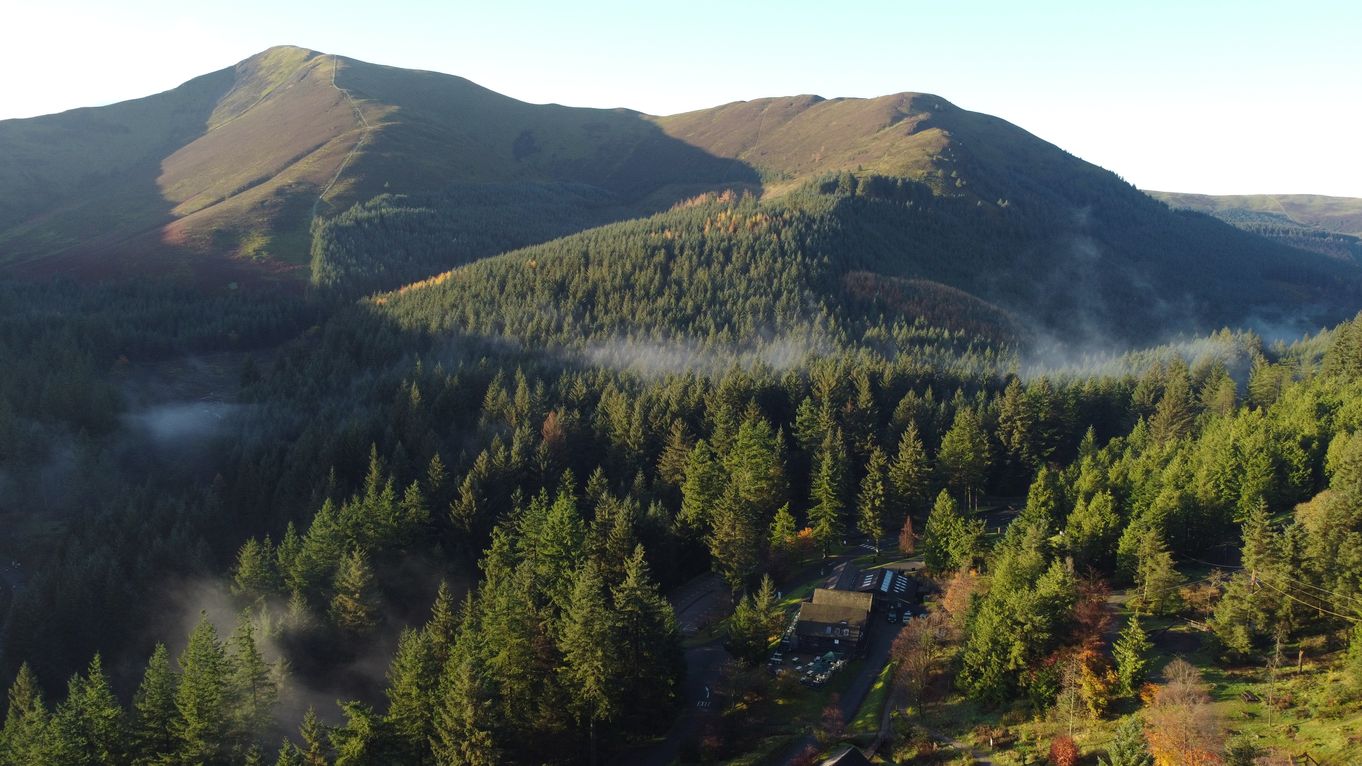Twelfth Night treecycling tips from Forestry England

Twelfth Night treecycling tips from Forestry England
You’ve enjoyed a lovely Christmas with your tree taking centre stage, but what do you do with it now?
Once the festive period comes to an end the Government estimates that we will dispose of six million Christmas trees. If they are not reused or recycled, the trees can end up in landfill which is costly to both the environment and the taxpayer, with the cost of landfilling eight million trees being around £22 million. Don’t throw them in your landfill bins, real Christmas trees are biodegradable and will break down over time. There are lots of alternatives to give your tree a second life.
Before you start, make sure to take all the decorations, including any tinsel or garlands, off the tree as they won’t break down naturally and may cause harm to wildlife that might get tangled.
Then consider:
- Local authority: Many local authorities offer a drop-off or tree recycling service, and your tree will be put to good use by being chipped and used locally. Visit your local authority website or Recycle Now to find out how to recycle your tree.
- Local charity recycling: for a small fee some charities will pick up your tree and your donation will go towards their cause.
- Garden centres: check with your local centres, they often collect them to chip up for flowerbed mulch and woodchip.
- Zoos: some zoos will take in old Christmas trees for enclosure enrichment or food.
Alternatively, if you’re feeling crafty and want to reuse your tree – here are Forestry England’s top tips.
- Ponds: Trees decompose well in water; if you have a large pond in your garden your Christmas tree could provide extra habitat for fish.
- Mulch: Chip or chop up the tree into as many pieces as you can and leave to decompose around the garden – shake the needles on the flowerbeds too!
- Birds: Pop your tree outside in its stand and hang feeders or fat balls from it – giving sustenance to birds during the harsh winter months.
- Pine needle potpourri: fill a large bowl with dried stems or fallen needles from your pine tree. Next, add some lemon and orange rind, a cinnamon stick, whole cloves and some nutmeg to the mixture. To store it, place the mixture in jars or wrap in newspaper. If you’re a dab hand with a sewing machine, make scented sachets or pillows for drawers and wardrobes.
- Saw up the trunk and stack the logs to make a logpile habitat for insects and amphibians such as toads, frogs and newts.
